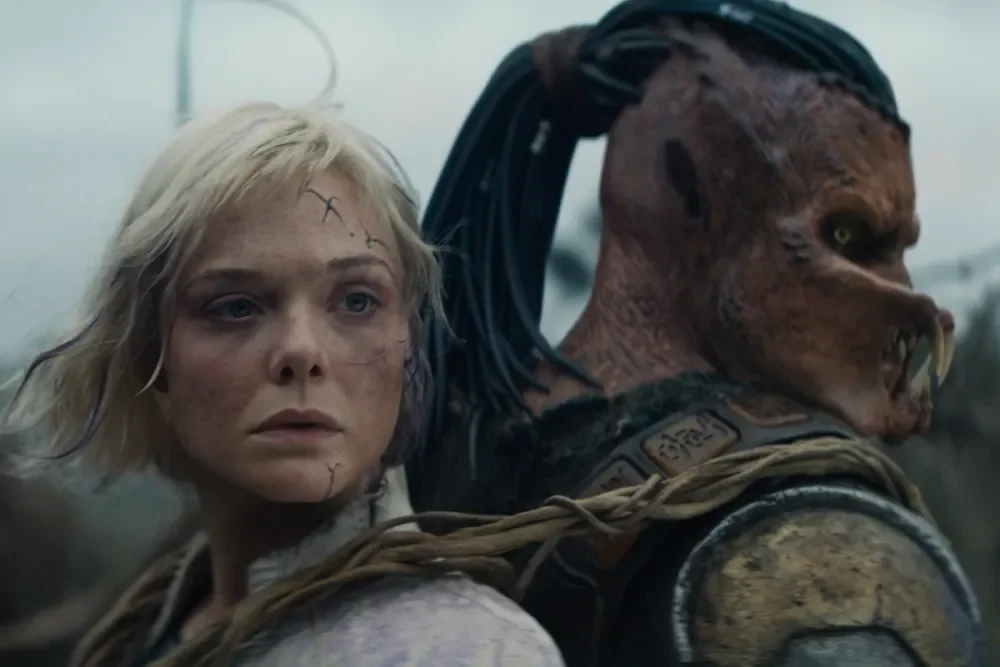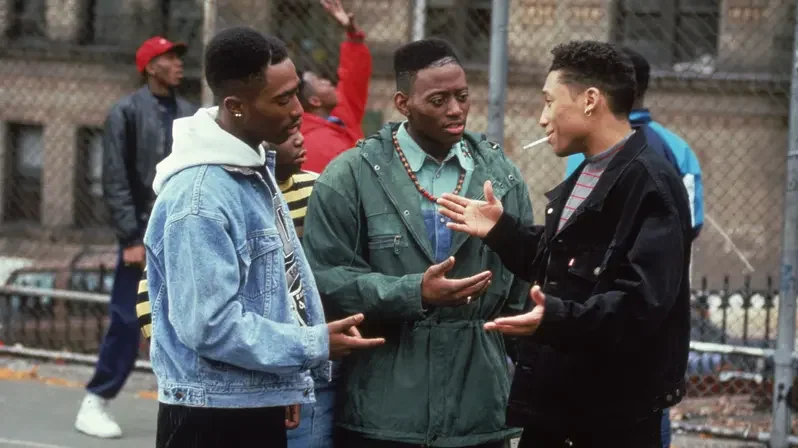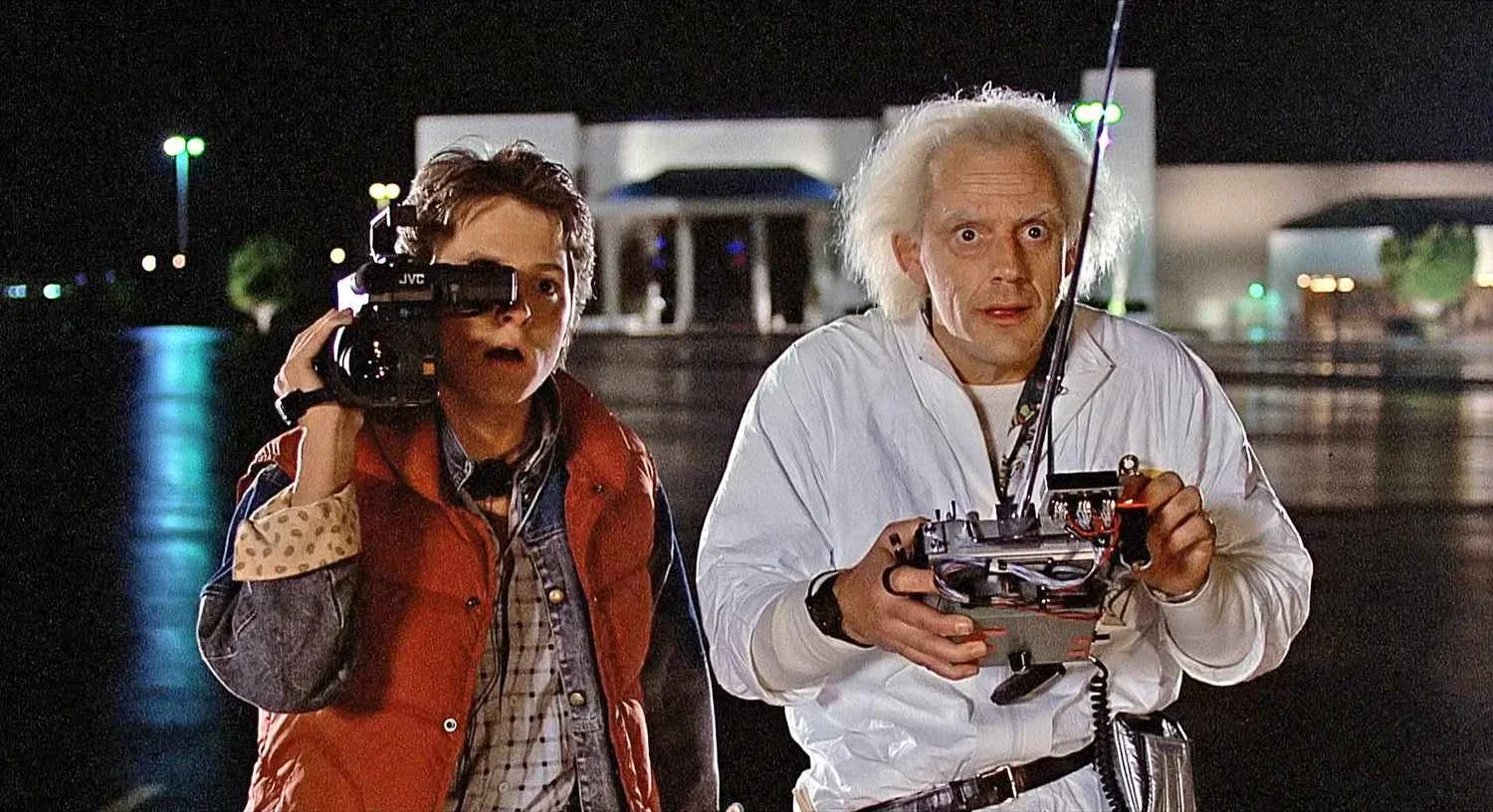Halloween
(John Carpenter, 1978)
⭐️⭐️⭐️⭐️⭐️
There is something about watching a film that pioneered a particular genre. The film might not have been the absolute first to do the specifics that helped to define a particular genre but still did things so effectively that is gets the credit for inspiring all of the other films to come in its wake. The impact and legacy of that film grows even more when you realize the people responsible for the film did it under rather restrictive budgetary limitations and still were able to produce such cinematic excellence. “Halloween”, the 1978 horror film from John Carpenter, really did set the template for the slasher films to come in the 1980s, 1990s, and beyond. While other films laid the early foundation for the genre, “Halloween” defined what audiences would come to know, love, and even hate about slasher films as a whole.
“Halloween” tells a rather straight forward and simple story from a structural standpoint. The film opens in the town of Haddonfield, Illinois is 1963 when six-year old Michael Meyers viciously kills his teenage sister on Halloween night. The film then fast forwards 15 years later where Dr. Samuel Loomis (Donald Pleasance) drives to the mental institution where Meyers is being kept in an effort to bring him to a court hearing. Michael manages to escape and drives away with Loomis’ car. Loomis correctly assumes Michael is “going back home” to Haddonfield where he will kill again. His assumptions are correct, and the film then transitions to the perspective of teenager Laurie Strode (Jamie Leigh Curtis) and her friends Annie Bracket (Nancy Kyes) and P.J. Soles (Lynda Van Der Klok). Michael begins to stalk Laurie, who is also preparing for a babysitting job on Halloween night. This sets up a fateful and terrifying even between Michael, Laurie, and Laurie’s friends.
Before any discussion of the impact “Halloween” has on the genre of slasher films can be discussed, one must look at the effectiveness of the film’s efficiency. What “Halloween” accomplishes was done on a $300,000 budget. Carpenter does not let the financial restrictions of the film deny him any chance to make it incredibly tense, scary, and unnerving. He uses the cinematography from Dean Cundy, who embraces the heavy shadows found inside the suburban homes, to create a sense of fear lurking inside what should be a quaint, comfortable, and welcoming environment. Carpenter makes a point to say that terror can easily come to the suburbs, and it can easily be found behind the locked doors of these picturesque homes. This is present in the killing that opens the film, and it is present throughout the rest of “Halloween” as Michael stalks his way through Haddonfield.
Carpenter also goes above and beyond in establishing the effectiveness of the mood through the use of the film’s score, which he created himself. The film boasts an iconic theme song, which immediately establishes an uneasiness and foreboding sense of dread. The score for “Halloween” is just as effective as the cinematography is in telling the audience that terror can be just around the corner, even in the American suburbs.
A final note on the film’s efficiency must be made about the film’s relative lack of gore. Michael’s kills are brutal, but they are not gory. There is no gratuitous blood splatters involved in his kills. He goes for strangulations or stabbings, but they are filmed in a way that looks more real than over the top. These kills are not to make the audience cheer. They are to make the audience fear.
Once one looks past the cinematography, score, and brutality of “Halloween”, they must then look at the casting choices Carpenter made, especially Jamie Leigh Curtis as Laurie Strode. Curtis does an admirable job of establishing Laurie as a common and everyday teenager girl, albeit one a bit more virtuous and intellectual compared to her other two friends. Carpenter dismisses any interpretation of the morality at play by having the seemingly innocent Laurie as the film’s “Final Girl”. He sees Laurie’s final showdown with Michael as a way of her dealing with repressed feelings. Curtis, in turn, helps to bring this viewpoint to life. The audience can tell Laurie is frustrated with being the “good girl” of the group. When Laurie is pushed to the brink and her survival is on the line, Curtis channels all of that frustration to make the film’s climax that much more effective and helps to make Laurie Strode the “Final Girl” by which all “Final Girls” would eventually be compared to in film history.
The contrast to Laurie in the film is Dr. Loomis. Donald Pleasance plays this man of science and reason with a strong and healthy fear of the evil within Michael. This is a character that spent years trying to reach Michael and then spent more years trying to keep the evil from being released back in the world. The fear of what Michael can do, not only to Haddonfield but the world at large, drives Pleasance’s performance and establishes a fine counterbalance to the portions of the film dealing with Laurie and her fiends.
While many lesser slasher films came after the success of “Halloween”, they do not diminish the impact or legacy of the film. “Halloween” establishes so much of the structure and elements audiences would find in later slasher movies, such as teenagers having to deal with evil forces in the absence of parental authority and the particular patterns established in what type of characters must be killed in order to get to the showdown between the slasher and the “Final Girl”. “Halloween” does all of this on a shoestring budget and does it better than basically any other slasher film that came in the 1980s and 1990s. The credit goes to the genius of John Carpenter and the team he assembled to produce such an iconic and defining piece of genre filmmaking.
This review is part of my From the Vault series showcasing movies of the past I have decided to visit or revisit and review.





Kirk being forced from multiple directions to deal with his own mortality and the mortality of those he loves after a career of cheating death and the no-win situation is what makes this the best of Star Trek.